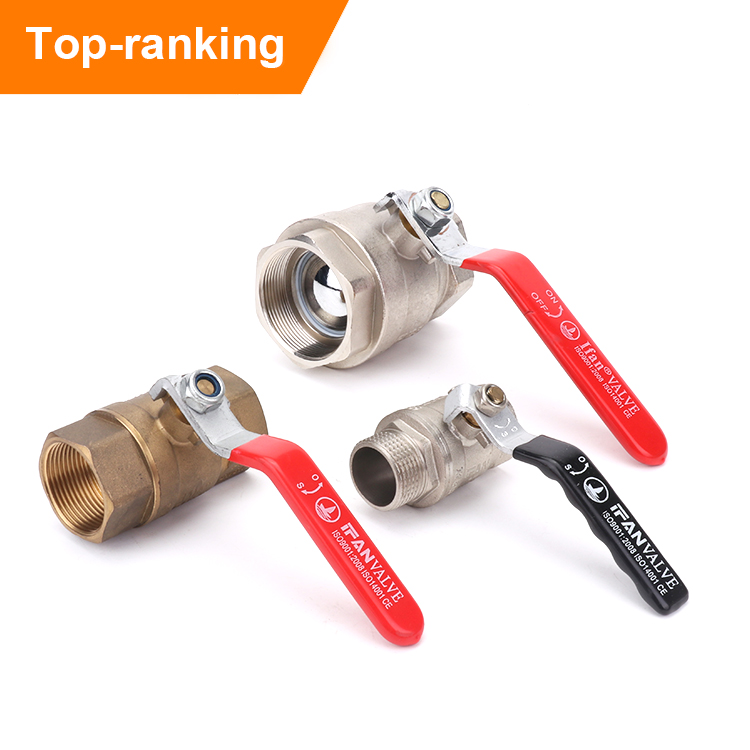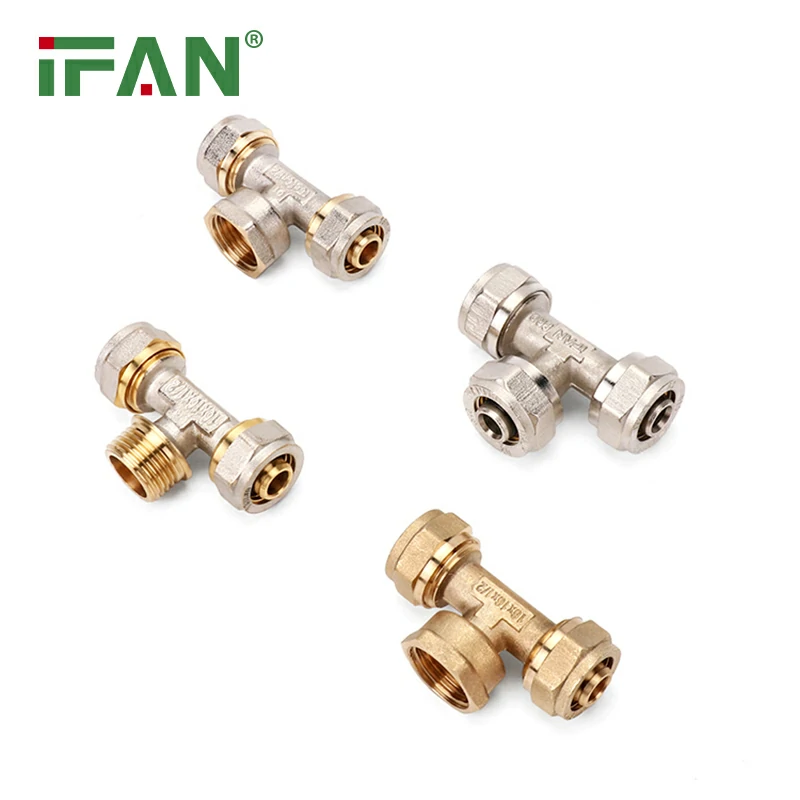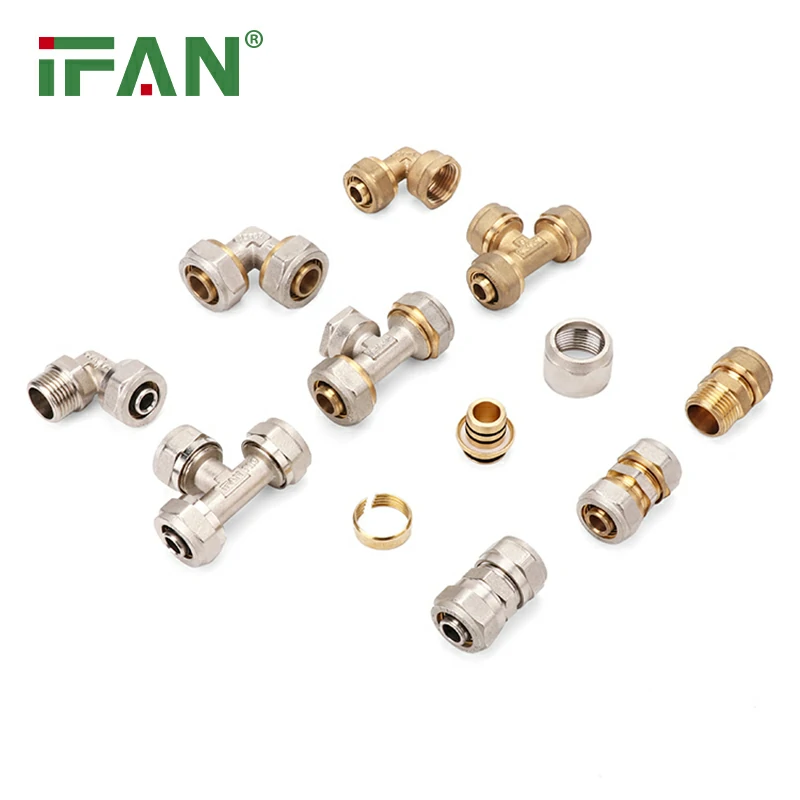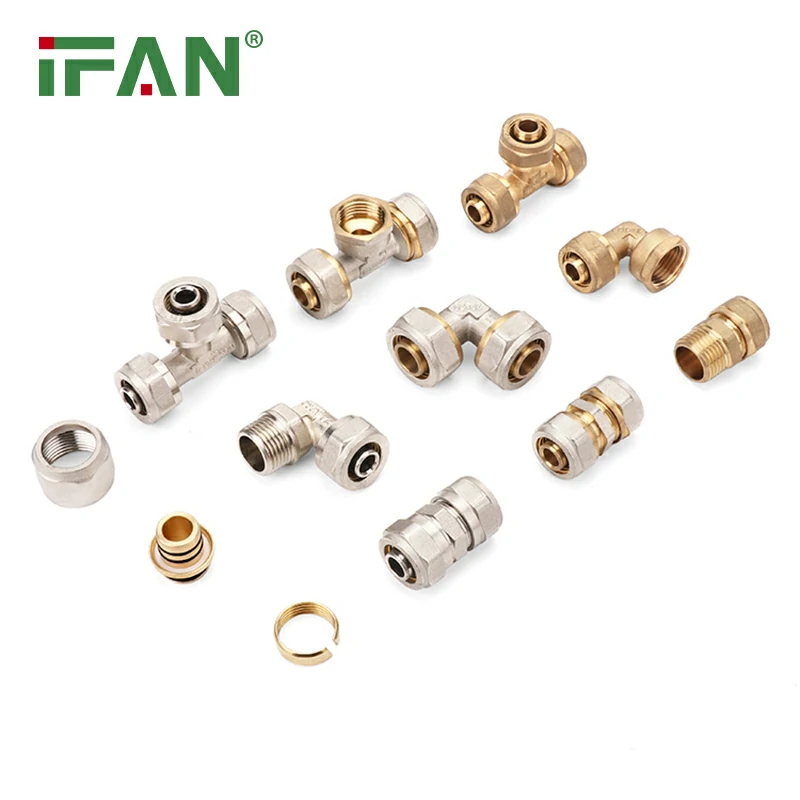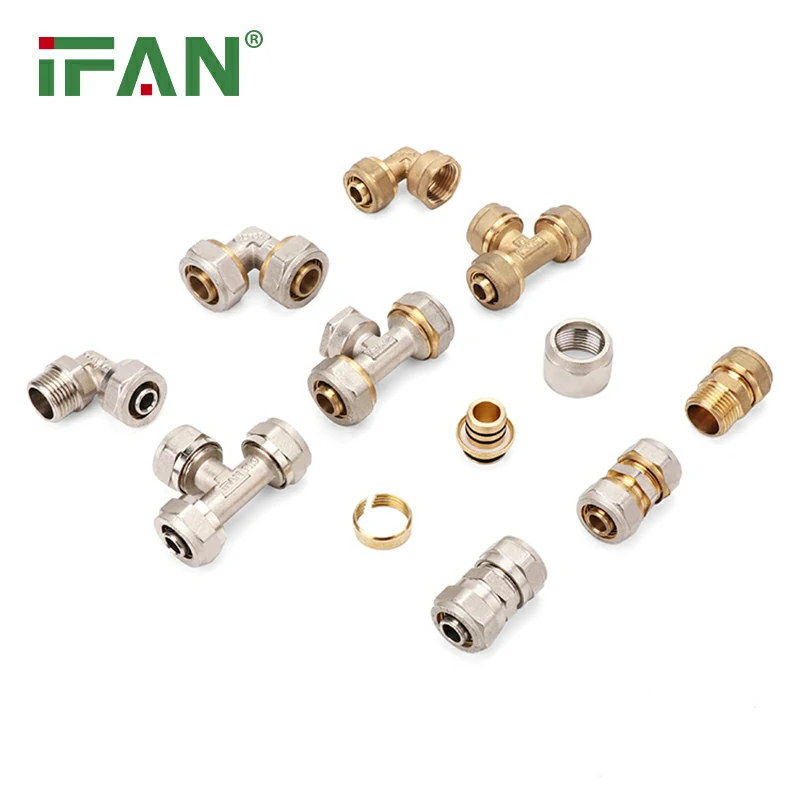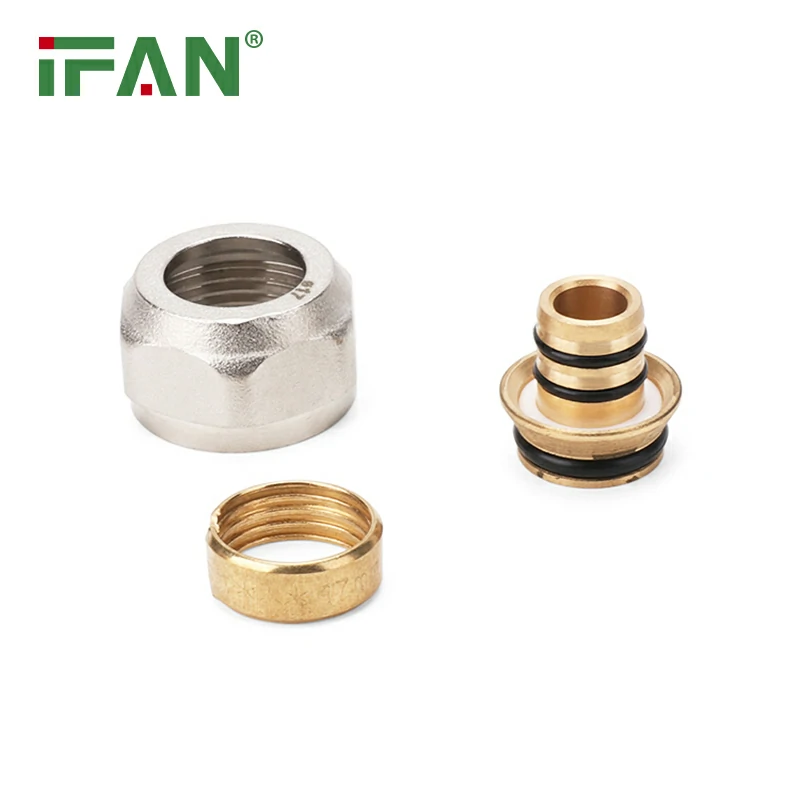Choosing the Right Brass Ball Valve for Your Plumbing Needs
Introduction
When it comes to selecting a brass ball valve for your plumbing needs, making the right choice is essential for efficient water flow control and system reliability. In this article, we will explore the key factors to consider when choosing a brass ball valve, including valve type, size, material, and other important considerations. Let’s break down this topic into easy-to-understand sections.
1. Valve Type: Full Port vs. Standard Port
The first consideration when choosing a brass ball valve is the type of port it offers. Full port valves have a larger ball and bore size, allowing for maximum flow rate and minimal pressure drop. They are ideal for applications where high flow rates are required. On the other hand, standard port valves have a smaller ball and bore size, resulting in a smaller flow rate but lower cost. Consider your specific plumbing needs and flow requirements to determine the appropriate valve type.
2. Size and Connection Type
The size of the brass ball valve is crucial for compatibility with your plumbing system. Measure the diameter of the pipes in your system and select a valve size that matches. Common sizes range from ½ inch to 2 inches, but larger sizes are available for industrial applications. Additionally, consider the connection type needed for your plumbing system, such as threaded or sweat connections, and ensure that the valve has the appropriate connection type.
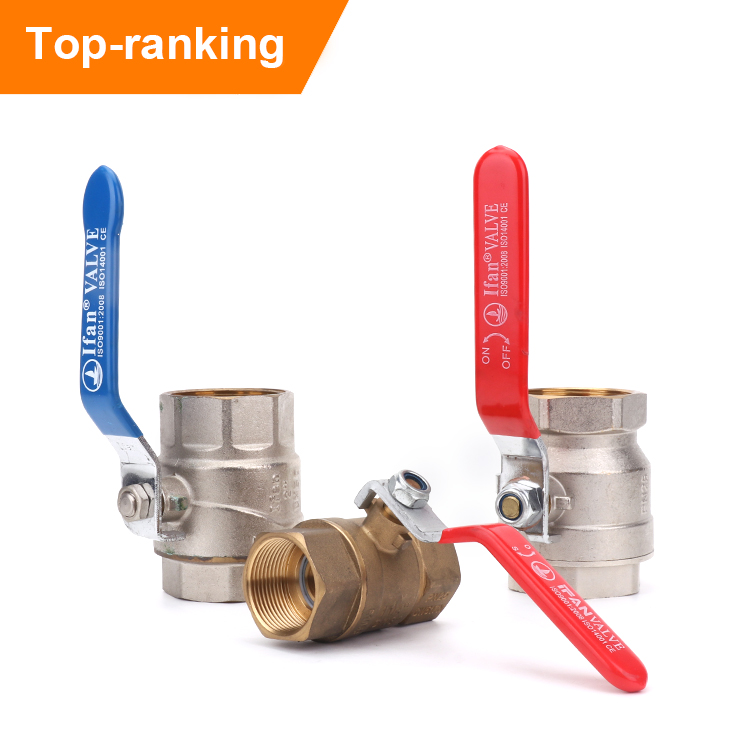
3. Material: Brass Alloy and Sealing Components
Brass ball valves are typically made from different brass alloys, such as lead-free brass or dezincification-resistant brass. Lead-free brass is suitable for potable water applications, ensuring the safety of drinking water. Dezincification-resistant brass is resistant to corrosion, making it ideal for applications with corrosive water. Additionally, pay attention to the sealing components, such as the valve seats and seals, which should be made from durable and heat-resistant materials like PTFE (polytetrafluoroethylene), ensuring long-lasting performance.
4. Considerations for Specific Applications
Consider the specific plumbing application when choosing a brass ball valve. For example, if the valve is to be used in a household plumbing system, features like handle type (lever or T-handle) and temperature and pressure ratings should be suitable for residential use. In industrial applications, valves may require higher pressure and temperature ratings to withstand harsher conditions. Determine your specific needs and choose a valve that meets the requirements of your application.
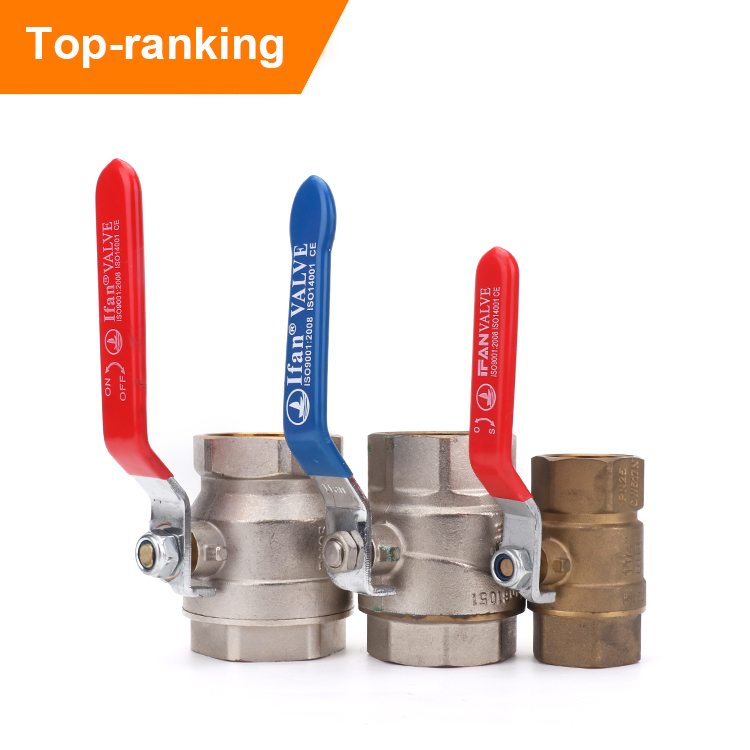
5. Quality and Certification
Ensure that the brass ball valve meets quality standards and certifications. Look for valves that have been tested and approved by reputable organizations such as NSF International or ANSI (American National Standards Institute). These certifications ensure that the valve complies with industry standards for safety, performance, and reliability.
Conclusion
Choosing the right brass ball valve for your plumbing needs is crucial for efficient water flow control and system reliability. Consider factors such as valve type, size, material, and specific application requirements when making your selection. Pay attention to the quality and certifications of the valve to ensure its compliance with industry standards. By carefully considering these factors, you can choose a brass ball valve that meets your plumbing needs and provides long-lasting performance.
